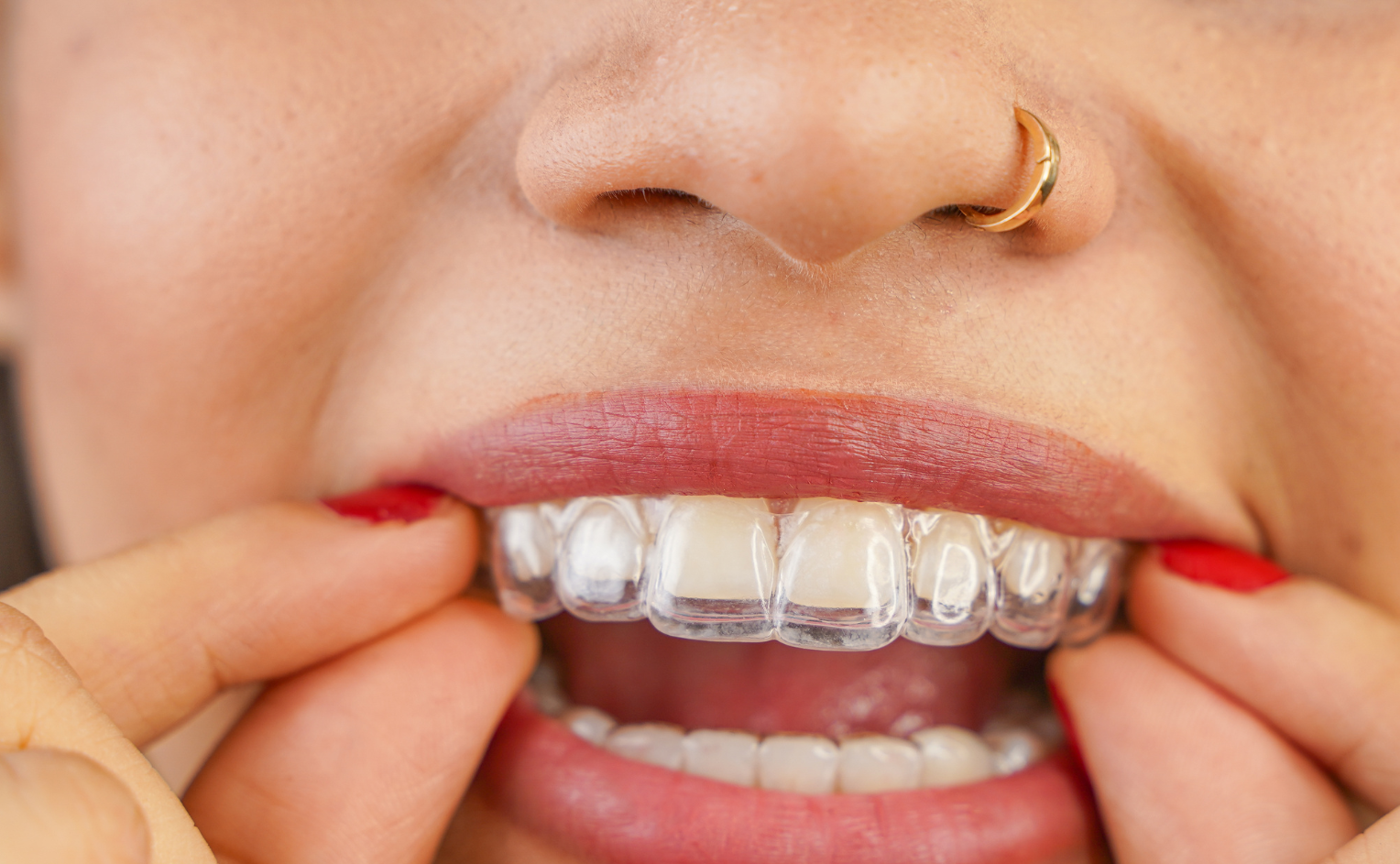Top 10 Reasons People Are Choosing Dental Implants Today
Dental implants have come a long way in recent years. While early versions of implants date back centuries, today's implants use advanced materials such as titanium, which naturally fuses with the bone. This creates a strong, lasting base for replacement teeth. When placed by a trained professional, dental implant surgery is considered one of the safest and most reliable procedures in modern dentistry.
More people are choosing dental implants over dentures and bridges because they offer a closer match to natural teeth. Implants help keep the jawbone healthy and strong, unlike other options. With over 3 million people in the U.S. already using dental implants, and about 500,000 more added each year, it's clear that this option is becoming a trusted choice for long-term tooth replacement.
10 Key Benefits of Dental Implants in 2025
More people are choosing dental implants because they go far beyond simply filling a gap in your smile. They offer a strong, lasting solution that feels closer to natural teeth. Compared to traditional options like dentures or bridges, implants provide better comfort, function, and peace of mind. Here are ten specific reasons why dental implants continue to be a trusted option in 2025.
1. Superior Stability and No Slipping
Implants are anchored into the jawbone, which holds them securely like natural tooth roots. They don't shift or slip while eating or speaking. Unlike dentures that can move around in the mouth, implants stay stable and provide steady support throughout the day.
2. No Need for Daily Removal
Implants remain in your mouth at all times. You clean them just like natural teeth, by brushing and flossing. You don't need to take them out at night or soak them in cleaning solutions. This makes daily care simpler and more familiar.
3. Long-Term Durability and Value
Dental implants can last decades with proper care. Most people don't need to replace them. While the initial cost may be higher than dentures, implants don't require frequent adjustments or replacements. Over time, they often cost less and provide more value.
4. Preservation of Jawbone Health
When you lose a tooth, the jawbone in that area no longer gets pressure from chewing. Over time, the bone starts to shrink, which can change the shape of your face and make future dental work harder. Dental implants fix this problem by working like natural tooth roots. They press against the bone when you chew, which helps keep the bone active and strong.
5. No Harm to Adjacent Teeth
Bridges often require support from the teeth on either side of the missing tooth. To do this, the dentist usually has to grind down those healthy teeth to hold the bridge in place. This can weaken the teeth and increase the risk of damage later on. Dental implants don't need support from nearby teeth. Each implant stands on its own, so your other teeth stay untouched and healthy.
6. Freedom to Eat What You Love
Missing teeth or loose dentures can make it hard to chew certain foods. Many people avoid crunchy fruits, vegetables, or tougher meats because they worry about discomfort or slippage. Dental implants solve this problem by providing strong, stable support. They stay fixed in your mouth and work like real teeth. You can bite and chew with more force and confidence, which means you don't have to limit your food choices.
7. More Natural Look and Feel
Dental implants are designed to match the shape, size, and color of your natural teeth. The crown that sits on top is custom-made to blend in with the rest of your smile. Implants also feel more natural because they are anchored in the jawbone, similar to real tooth roots. You don't feel them shift or move around, and there's no bulky plastic covering the roof of your mouth like with some dentures.
8. Simple Maintenance and Cleaning
Taking care of implants is similar to caring for natural teeth. You brush and floss them daily, without needing special cleaning products or soaking solutions. There are no removable parts, and you don't need messy adhesives. Regular dental checkups and cleanings are still important, but most people find implants simple to maintain.
9. Better Nutrition and Digestion
Chewing is the first step in how your body breaks down food. Your teeth grind food into smaller pieces so it's easier to swallow and digest. When you have missing teeth or dentures that move around, chewing becomes harder. You might not break down food well, which makes it more difficult for your stomach and intestines to process it. This can lead to poor digestion and fewer nutrients being absorbed.
10. Long-Term Comfort You Can Rely On
Unstable dentures can rub against the gums, cause sore spots, or feel bulky in the mouth. These issues can lead to daily discomfort, especially while talking or eating. Implants avoid these problems because they stay fixed in place and don't press on the gums. They feel more natural because they're anchored in the jaw, similar to real teeth. Once healing is complete, most people say they forget the implant is even there.
Considerations and Candidacy Factors for Dental Implants
Dental implants are a safe and reliable option for replacing missing teeth, but they aren't the right fit for everyone without proper planning. Several health and dental factors need to be reviewed before moving forward with treatment. Below are the most important things your dentist will consider during your evaluation.
1. Overall Health and Medical Conditions
Your general health plays a key role in how well you heal after implant surgery. Certain medical conditions, especially those that affect the immune system or healing process, may require special attention. These include:
- Uncontrolled diabetes
- Autoimmune disorders
- Cancer treatments (such as chemotherapy or radiation)
- Blood clotting problems
If you have one of these conditions, your dentist or doctor may work with you to manage your health before placing an implant. In many cases, treatment is still possible with the right care and monitoring.
2. Smoking and Healing
Smoking can slow down the body's ability to heal. It reduces blood flow in the gums and jawbone, which increases the risk of infection and implant failure. Smokers can still be candidates for implants, but they may need to stop or reduce smoking before and after surgery to improve results. Your dentist will talk with you about these risks and what steps can be taken to support healing.
3. Bone Density and Jawbone Health
Dental implants need to be placed in strong, healthy bones. If a tooth has been missing for a long time, the jawbone in that area may have shrunk or weakened. This can make it harder to place the implant securely.
If your jawbone isn't thick or dense enough, your dentist may recommend one of the following procedures:
- Bone graft – A minor surgery where bone material is added to strengthen the implant area.
- Sinus lift – A procedure used in the upper back jaw to make more room for implants near the sinus area.
These treatments help prepare your mouth for a successful implant and improve the chances of long-term success.
4. Age and Personalized Evaluation
There is no upper age limit for dental implants. Many older adults are excellent candidates. What matters more than age is your overall health, the condition of your gums and jawbone, and your ability to heal after surgery. Younger patients may need to wait until their jawbone finishes growing before getting implants.
Your dentist will take X-rays, review your medical history, and assess your specific needs to decide if implants are the right option for you. A personalized plan ensures that the treatment is safe and designed to last.
Conclusion: Is a Dental Implant the Right Choice for You?
Dental implants provide long-term strength, natural appearance, and everyday comfort that many other options can't offer. For people who want a solution that feels and functions like real teeth, implants are often the best choice.
But still, implants aren't right for everyone without the right preparation. Your overall health, bone strength, and ability to heal all play a role in determining if this treatment is the best fit. That's why a full evaluation is so important. A trained implant dentist can review your medical history, examine your mouth and jaw, and help you understand your options.
If you're missing one or more teeth or are currently using dentures and are looking for a long-lasting, low-maintenance solution, dental implants may be worth exploring. With the right care and planning, they can restore more than just your smile; they can support your comfort, confidence, and quality of life.
Frequently Asked Questions
Here are answers to some of the most common questions people ask when considering dental implants.
What is the downside to dental implants?
Dental implants are a long-term solution, but they do have some downsides to consider:
- The upfront cost is higher than that of other tooth replacement options.
- Treatment requires surgery and several months of healing.
- If the jawbone is too thin or weak, a bone graft may be needed.
- People with certain medical conditions (like uncontrolled diabetes, immune disorders, or active gum disease) may not be good candidates without special planning.
For most healthy adults, these risks can be managed with proper care and preparation.
How much is a dental implant without insurance?
In the United States, the cost for one dental implant without insurance typically ranges from $3,000 to $5,000. This includes:
- The implant post (placed in the jawbone)
- The abutment (connector piece)
- The crown (visible tooth)
Additional procedures like tooth extractions or bone grafts can increase the total cost. Many dental offices offer monthly payment plans or third-party financing to help manage costs.
How painful is a dental implant?
Most patients experience little to no pain during the implant procedure. Local anesthesia is used, so you’ll feel pressure but not pain. After surgery, it’s common to have mild swelling, soreness around the gums or jaw, or bruising in the area. These symptoms usually last a few days and are managed with over-the-counter pain medicine. Many people return to work or normal activities within 1 to 2 days.
What hurts more, tooth extraction or dental implant?
Most patients say that a tooth extraction is more painful than getting a dental implant. Extractions often involve pulling a tooth that is infected or broken, which can cause more discomfort. Implant placement is a cleaner, more controlled process, and healing is typically smoother.
How long does a dental implant procedure take?
The full dental implant process takes several steps and may take 3 to 6 months or more, depending on your needs.
- Implant placement surgery takes 1 to 2 hours per tooth.
- After surgery, the implant needs 3 to 4 months to fully heal and fuse with the jawbone.
- Once healed, your dentist places the abutment and crown in one or two follow-up visits.
If you need a bone graft or sinus lift, healing may take longer, up to 6 to 9 months total, before the final crown is placed.
Take the Next Step Toward a Stronger, Healthier Smile
If you're considering dental implants, the next best step is a personal consultation. A full exam, dental imaging, and health review will help determine if implants are a good fit for your needs. Every mouth is different, and the best results come from a treatment plan designed just for you.
Schedule your consultation today to learn more about your options and get clear answers from a team you can trust.














